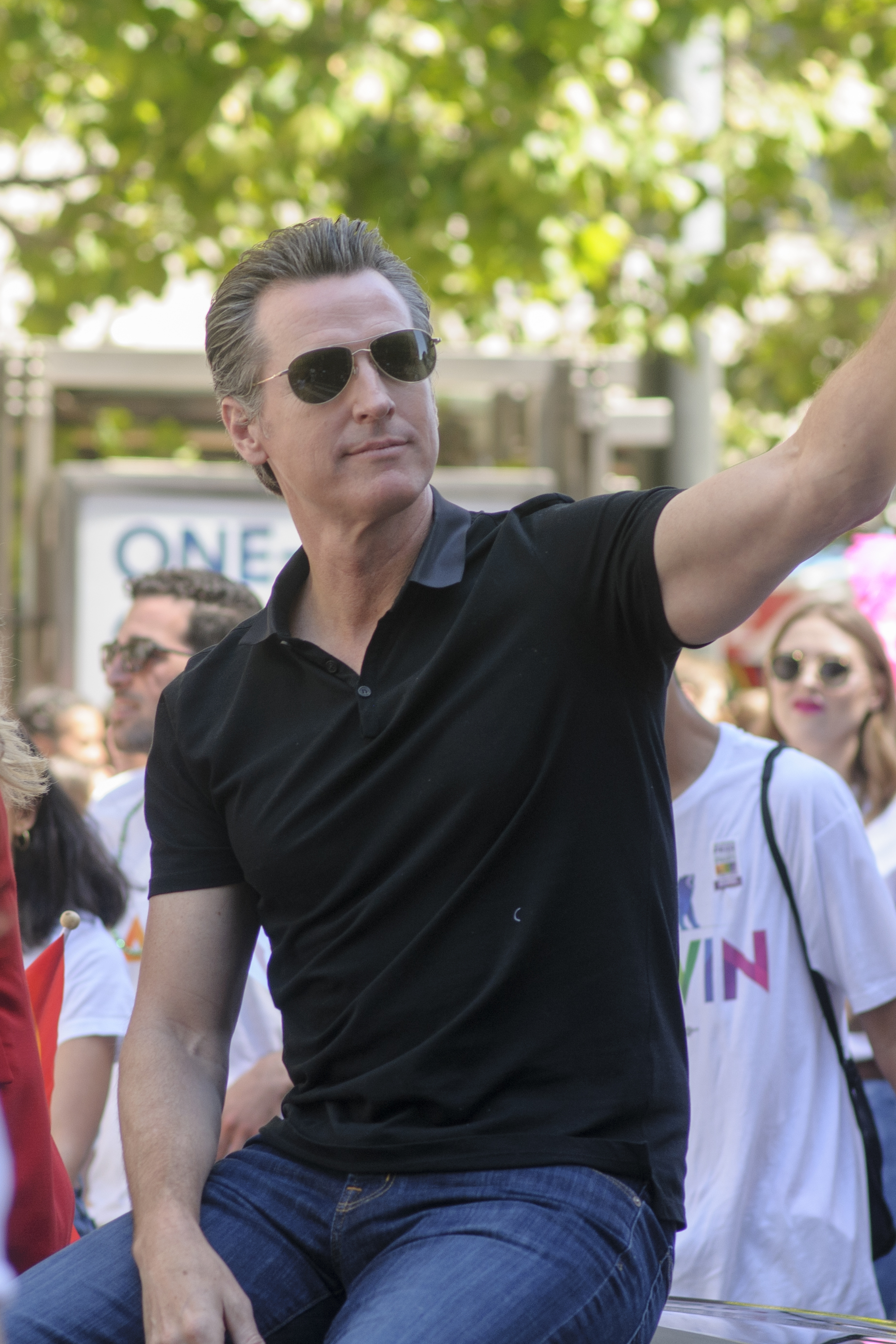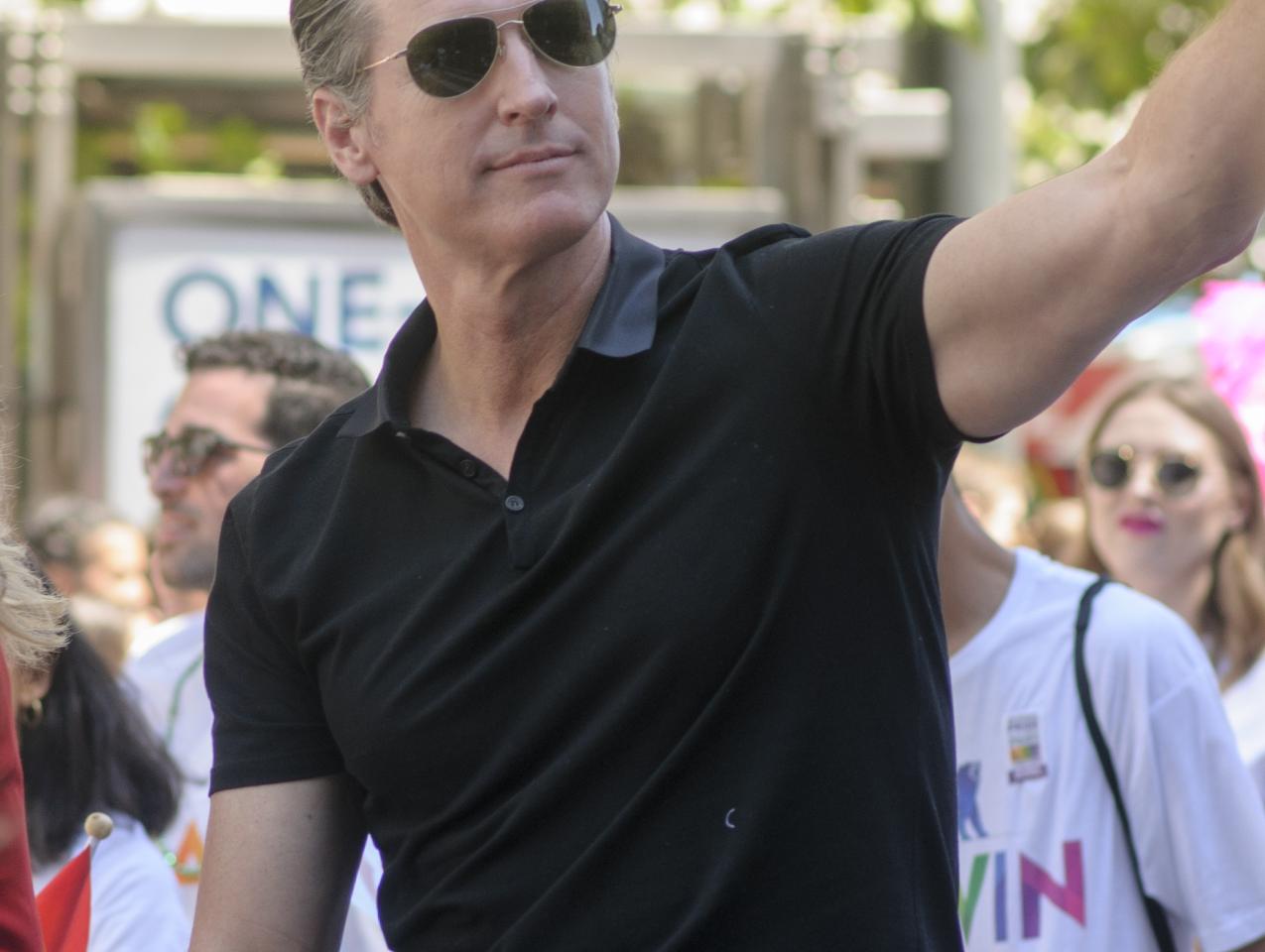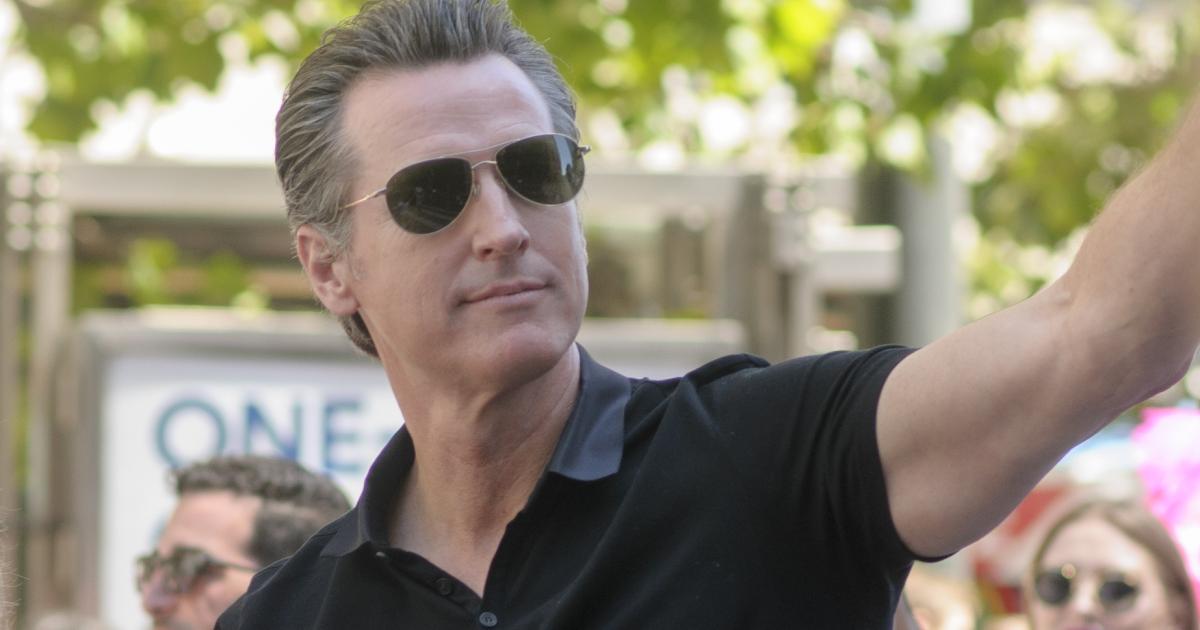- Politics, Institutions, and Public Opinion
- Campaigns & Elections
- State & Local
- California
The new year in Sacramento didn’t start with a bang, but it definitely produced more than a whimper of change.
That begins with Gavin Newsom, the nation-state’s fortieth governor, taking his oath of office outdoors—the first governor to do so since Arnold Schwarzenegger back in November 2003, following the previous month’s recall election.
Such a gesture shows that Newsom understands good cinema and has faith in weather forecasting—and that he wants to underscore the turning of the page from his predecessor, Jerry Brown.
Indeed, California’s entered a new political era.
Newsom’s victorious campaign marks the first time in 132 years that one elected Democratic governor succeeded another.
It’s also the first time in four decades that the Golden State witnessed a serious generational shift at the top of the political pyramid.
In 1975, a thirty-six-year-old Jerry Brown succeeded a sixty-four-year-old Ronald Reagan—an age difference of twenty-seven years, two months.
In 2019, a fifty-one-year-old Newsom replaces Brown, now eighty (and in 2018, America’s oldest serving governor). The age difference: twenty-nine years, six months.
Remember that age gap as the new year progresses. Newsom projects a more youthful image in the clothes he wears (slim-cut suits, unbuttoned dress shirts) and the family he’s raising (four children all under the age of ten), the language he chooses (populism meets emerging technology) and the policies he embraces (for example, legalized marijuana).
And there’s the matter of political trajectory.
Though Newsom denies interest in seeking the presidency in 2020, he’ll find the speculation hard to ignore as California’s new governor. Brown, on the other hand, sought the presidency twice while serving as governor (1976 and 1980).
Add to this the amount of change Sacramento can expect in the new year—and the pace at which the new governor plans to operate.
Newsom’s campaign slogan was “Courage for a change.” While he insists that it was never meant as a slight to Brown, it does beg the question of just how much of a departure Newsom plans to be—i.e., how far he plans to push the envelope.
In the weeks since the November election, Newsom has tried to limit expectations. Democratic lawmakers can’t have everything on their wish list, the governor-elect has warned; Sacramento has to proceed cautiously on the fiscal front, lest it fritter away a $15 billion revenue bonanza.
That’s the wise thing to say. But will the new governor be as disciplined when it comes to promoting himself?
Newsom brings skills to the office that Brown didn’t possess—or chose not to wield over the past eight years when he returned to Sacramento as an older, wiser, and more priggish version of his younger gubernatorial self. California’s new governor is telegenic and a skilled orator, embraces social media, and wants to have deep conversations about society’s most vexing problems (child development, homelessness, income inequality).
That wasn’t Governor Brown’s style or approach. His press interaction was minimal; for most of his two terms, Brown stayed out of the national conservation (until the Trump presidency came along). With the exception of dire climate-change prophecies, Brown preferred to dwell in the present (prison reform, water tunnels, budget fixes) rather than the future.
Reporters covering California state government will welcome the change. The question is: how does Newsom play the situation to his advantage?
In this edition of Eureka, we offer advice for Governor Newsom—paths he should explore and avoid as he begins the journey as the fortieth governor of the Golden State.
That includes:
- Steve Maviglio, former press secretary and communications director for Governor Gray Davis and a deputy chief of staff for two former State Assembly speakers, on how Newsom should navigate the tricky waters inside the State Capitol.
- Rob Stutzman, former deputy chief of staff for communications to Governor Arnold Schwarzenegger, on why Newsom should engage beyond Sacramento and open up “new channels” of authenticity.
- John Pimentel, a Silicon Valley renewable energy developer and leader of a California political independent movement, on ways the new governor can appeal to a growing portion of a state electorate that’s rejected the two major parties.
- Finally, Bill Whalen, the Hoover Institution’s Virginia Hobbs Carpenter Fellow in Journalism, on why the new governor should avoid the temptation to seek the presidency (at least, not in his first term).
We hope you enjoy this latest installment of Eureka—and that it gets you thinking about where California stands and whether we’re moving in the right direction.
















